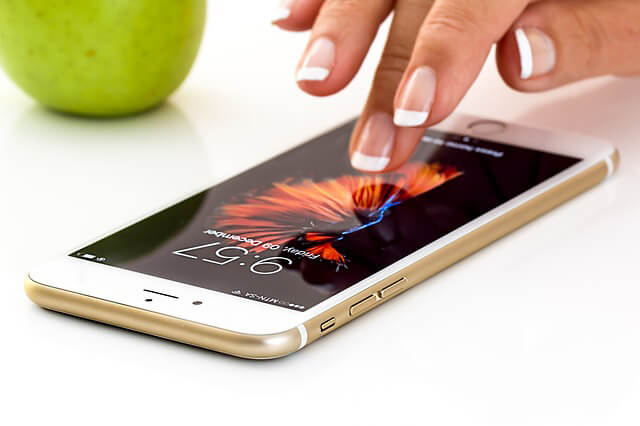Blog
Recording telephone meetings for transcription

Request permission before recording
In some states and territories of Australia, it is illegal to record a conversation with someone without the other person’s consent. Even where it is legal to do this, it is polite to ask permission before recording a person’s comments.
So, I suggest you obtain the consent of the people involved and seek legal advice to make sure you don’t break the law, before recording any discussion either via telephone or face to face.
Apps available for recording telephone meetings
For information about the best Apps for recording telephone conversations, go to 5 free iphone Apps and/or How to record a phone call on Android.
If you’re going to record using an App, do a ‘test run’ first to make sure the recorded audio quality is good, and to make sure you are able to save, copy or import your audio files from the App. You need recordings that are independent files that can be emailed or sent to a transcriptionist or you won’t be able to obtain a transcript of the recording.
Recording a telephone meeting manually (without a recording App)
If you don’t want to use an App, you can use the older-fashioned method of recording a telephone conversation by placing a digital audio recorder next to the speaker-phone and pressing the ‘record’ button.
This is how to do it:
- You need a digital audio recorder. For information about the best types of recorders, go to: Best digital audio recorders 2018
- You need a phone that can be switched to ‘speaker phone’ (landlines are usually better than mobiles), and good telephone reception
- Make sure there is no background noise at your end
- The voices coming through the telephone line will be quieter than yours. Make sure the digital recorder is placed closer to the speaker-phone than you. Place the recorder 10 to 30 centimetres from the speaker-phone. Face the recorder either towards the phone or upwards
- Do one or two ‘test runs’ prior to recording the conversation. The speaker phone needs to be at the correct volume, and the recorder at the right distance from the speaker, to produce an audible recording.
How to produce a clear recording (using an App or digital recorder)
- Start the recording and then again ask the person for their permission to record the conversation, so their consent is recorded
- It is essential that you have good telephone reception because inaudible comments in the recording will result in gaps and inaccuracies in the transcript. If audibility is poor due to static or a poor connection, hang up and try to establish a better connection
- Check that you can easily hear what the people at the other end of the line are saying. If their comments are too quiet, ask them to speak more clearly and loudly. If there is background noise at their end, ask them to go somewhere quieter. If anything they say is not very clear, reiterate what they have said yourself, as your voice will probably be louder and clearer in the recording than theirs
- If there are only two people speaking – you and the person at the other end of the line – and the recording is clear, the transcriptionist will be able to identify the speaker of each comment.
- If there are three or more people speaking and you want each person identified with their comments in the transcript, everyone will need to identify themselves as they speak. If this isn’t possible, refer to them by name as often as you can to assist the transcriptionist to identify the speakers.
For other articles about recording meetings and conversations and producing transcripts go to: Audio transcription and transcripts.
Sally-Anne Watson Kane has over 20 years’ experience recording research interviews and oral histories; transcribing audio recordings of interviews, focus groups, meetings, seminars and other events; and editing and proofreading transcripts.
Back To Blog

